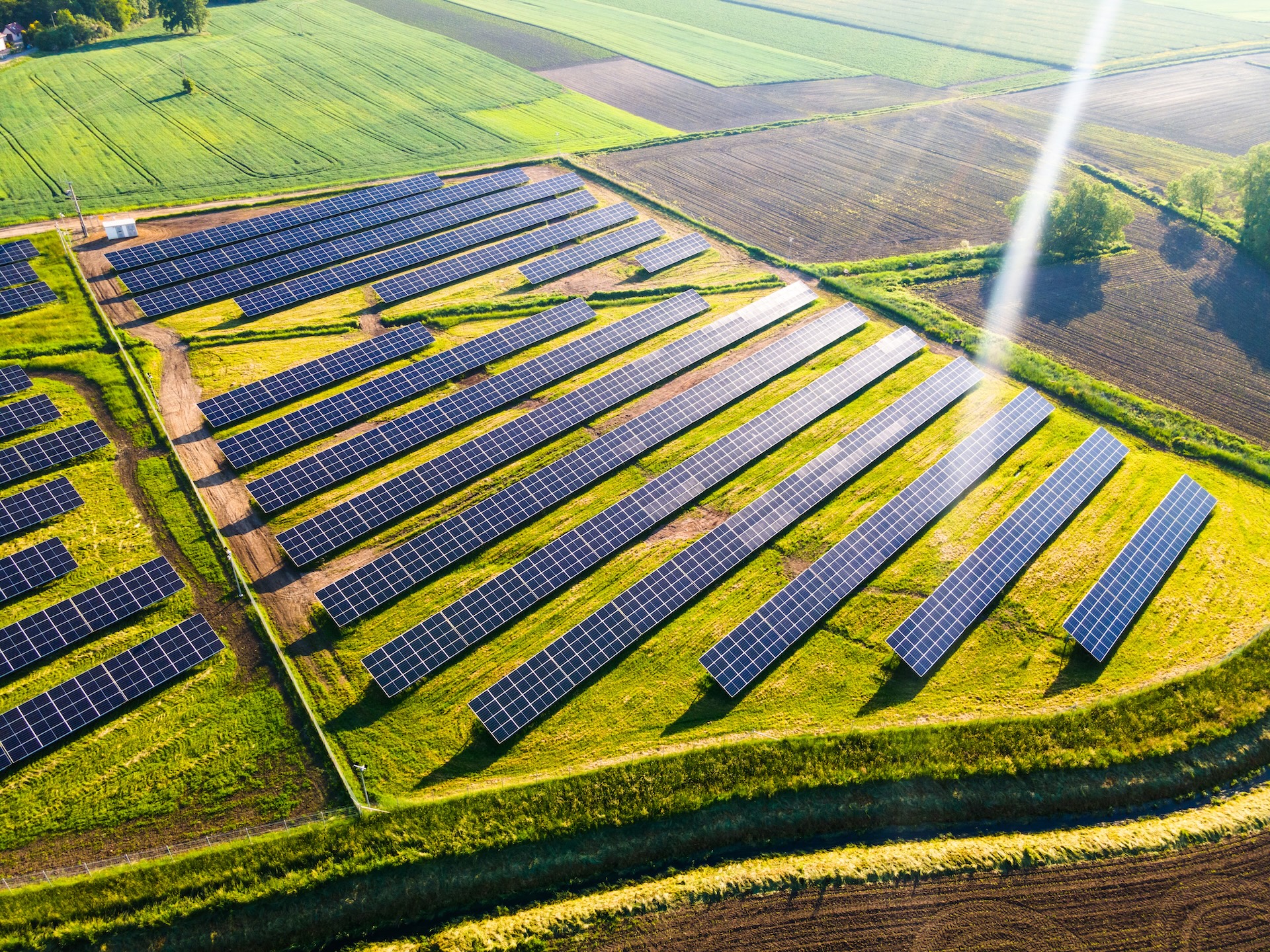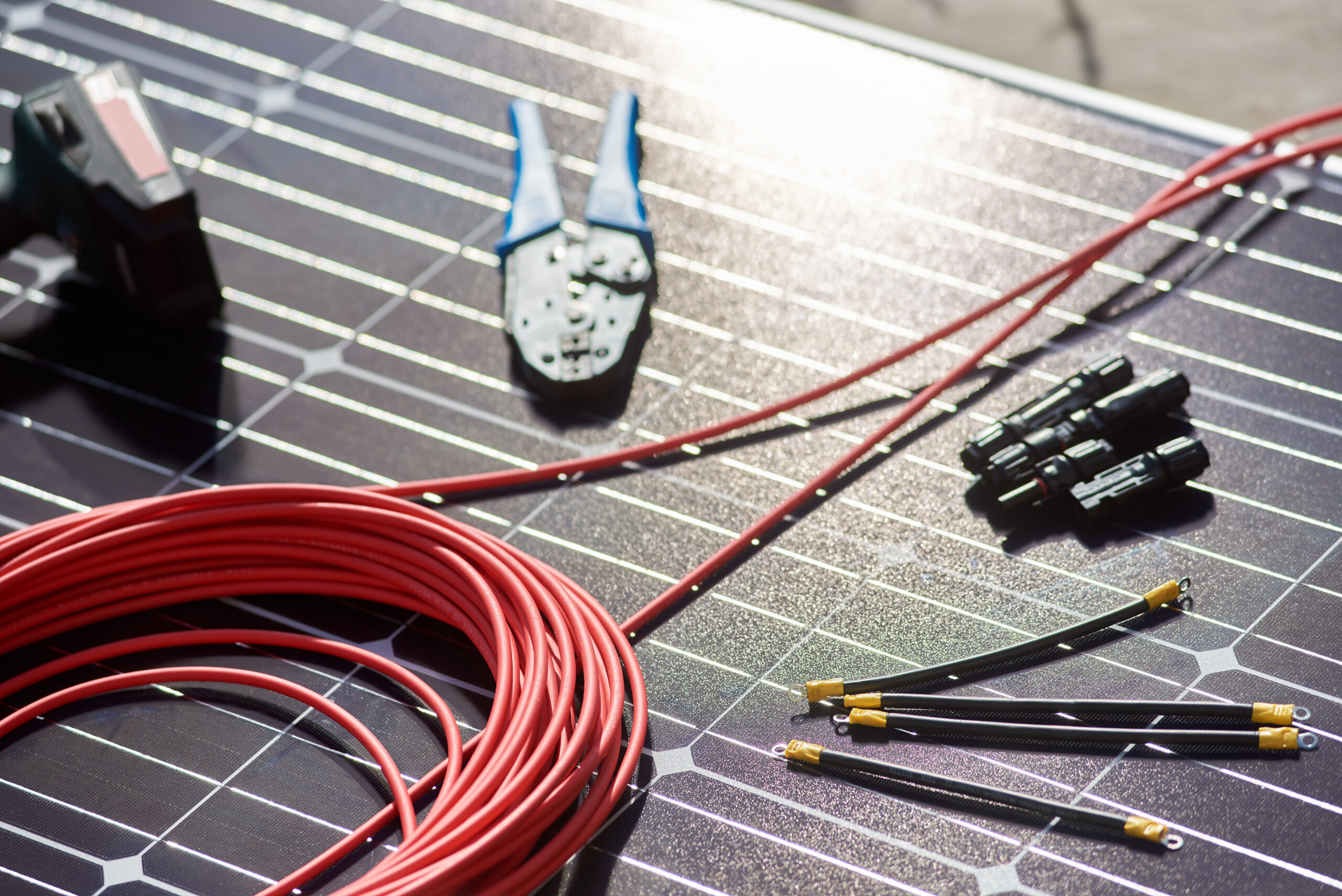
Solar Panel Technologies: Unveiling the Power of the Sun
- 1.Solar Panel Technologies: Unveiling the Power of the Sun
- 2.Overcoming Challenges: Navigating the Complexities of Connecting Solar to the Grid
- 3.Top 10 Weirdest Innovations in Solar Energy Technology
- 4.Once You’ve Decided to Go Solar: What Are the Next Steps and What to Expect?
- 5.The Comprehensive Benefits of Adding Solar to Your Home or Business
- 6.The Impact of Solar Energy on Property Value: How Installing Solar Panels Can Boost Residential and Commercial Real Estate
- 7.How to Make Sure Your House or Office Building is in Top Shape and Ready for Solar Energy
- 8.How Seasonal Changes Affect Solar Panels and the Grid
- 9.New Year, New Energy: Why 2025 Is the Perfect Year to Go Solar
- 10.Keeping the Lights On: How Solar Energy Shields You from Power Outages
- 11.Top Solar Technology Trends to Watch in 2025
- 12.Spring into Savings: Why Now is the Best Time to Go Solar in Puerto Rico
- 13.Understanding the Process of Connecting Solar to the Grid: A Step-by-Step Guide
- 14.Solar and Gardening: Can Panels and Plants Coexist?
- 15.Summer Energy Savings: How Solar Power Can Lower Your Utility Bills This Summer
Solar energy has become a cornerstone of the renewable energy revolution, and solar panel technologies play a pivotal role in harnessing the power of the sun. Below we explore various solar panel technologies, including monocrystalline, polycrystalline, and thin-film, their efficiency, and suitability for different applications. Understanding these technologies is essential for making informed decisions about solar energy adoption and ensuring optimal performance in diverse contexts.
The Significance of Solar Panel Technologies
Renewable Energy Generation: Solar panel technologies are a sustainable and environmentally friendly means of generating electricity, reducing reliance on fossil fuels, and mitigating climate change.
Energy Independence: Solar panels offer a decentralized energy source, empowering individuals and communities to produce their own electricity, reducing dependence on centralized power grids.
Cost Savings: Solar energy can lead to significant cost savings over time, especially when combined with incentives and net metering programs.
Versatility: Solar panels are adaptable to various applications, from residential rooftops to large-scale utility installations and off-grid solutions.
Solar Panel Technologies
Monocrystalline Solar Panels:
Efficiency: Monocrystalline panels are known for their high-efficiency, as they are made from single-crystal silicon. Efficiency rates typically range from 15% to 22%.
Advantages: Monocrystalline panels have a smaller footprint, making them suitable for limited roof space. They offer excellent performance in high-temperature environments.
Applications: Residential and commercial installations where space is limited, and maximum efficiency is required.
Polycrystalline Solar Panels:
Efficiency: Polycrystalline panels are slightly less efficient than monocrystalline panels, with efficiency ranging from 13% to 16%.
Advantages: Polycrystalline panels are cost-effective and easier to manufacture. They perform well in moderate climates.
Applications: Residential and commercial installations where cost-effectiveness is a priority.
Thin-Film Solar Panels:
Efficiency: Thin-film panels have lower efficiency compared to crystalline panels, typically ranging from 10% to 12%.
Advantages: Thin-film panels are lightweight and flexible, making them suitable for uncongenial applications, such as building-integrated solar solutions.
Applications: Building-integrated solar panels, portable solar devices, and off-grid installations.
Suitability for Different Applications
Residential Applications: Monocrystalline and polycrystalline panels are commonly used in residential installations, with monocrystalline panels being favored for their high efficiency in limited spaces. Polycrystalline panels are suitable for cost-conscious homeowners with ample roof space.
Commercial Applications: For commercial applications the choice between monocrystalline and polycrystalline panels depends on available roof space and budget constraints. Monocrystalline panels may be preferred for maximum energy generation, while polycrystalline panels offer a cost-effective solution for larger installations.
Utility-Scale Solar Farms: Utility-scale solar farms often employ monocrystalline panels due to their high efficiency and space saving advantages. These panels maximize energy output in large, open spaces.
Off-Grid and Remote Installations: Thin-film solar panels are suitable for off-grid and remote installations, as they are lightweight, flexible, and more tolerant of shading and temperature variations. Their lower efficiency is offset by their versatility and ease of transport.
Building-Integrated Solar Solutions: Thin-film solar panels are ideal for building-integrated solar solutions. They can be integrated into building materials like windows, roofing, and facades, providing both aesthetics and energy-generating benefits.
Best Practices for Solar Panel Selection
Evaluate Available Space: Consider the available space for solar panel installation, as it will influence the choice between monocrystalline, polycrystalline, and thin-film panels.
Assess Budget and Efficiency Goals: Determine your budget and efficiency goals to select the most suitable panel technology for your specific needs.
Environmental Conditions: Consider the climate and environmental conditions in your region, as certain panel types may perform better under specific circumstances.
Long-Term Viability: Assess the long-term viability of the chosen panel technology, considering factors like maintenance and warranty.
Impact and Benefits of Solar Panel Technologies
Renewable Energy Generation: Solar panel technologies are key contributors to the transition to renewable energy, reducing greenhouse gas emissions and mitigating climate change.
Energy Independence: Solar panels offer energy independence, reducing reliance on fossil fuels and centralized power grids.
Cost Savings: Solar energy can lead to significant cost saving over time, making it a financially attractive investment.
Versatility: The versatility of solar panel technologies allows for their use in various applications, from residential rooftops to utility-scale solar farms and off-grid solutions.
Ready to Make the Switch to Solar?
Join the thousands of satisfied customers who have already chosen MFS Solar for their solar energy needs. Contact us today to schedule a consultation and discover how you can start saving on your energy bill and contributing to a greener, more sustainable future.


